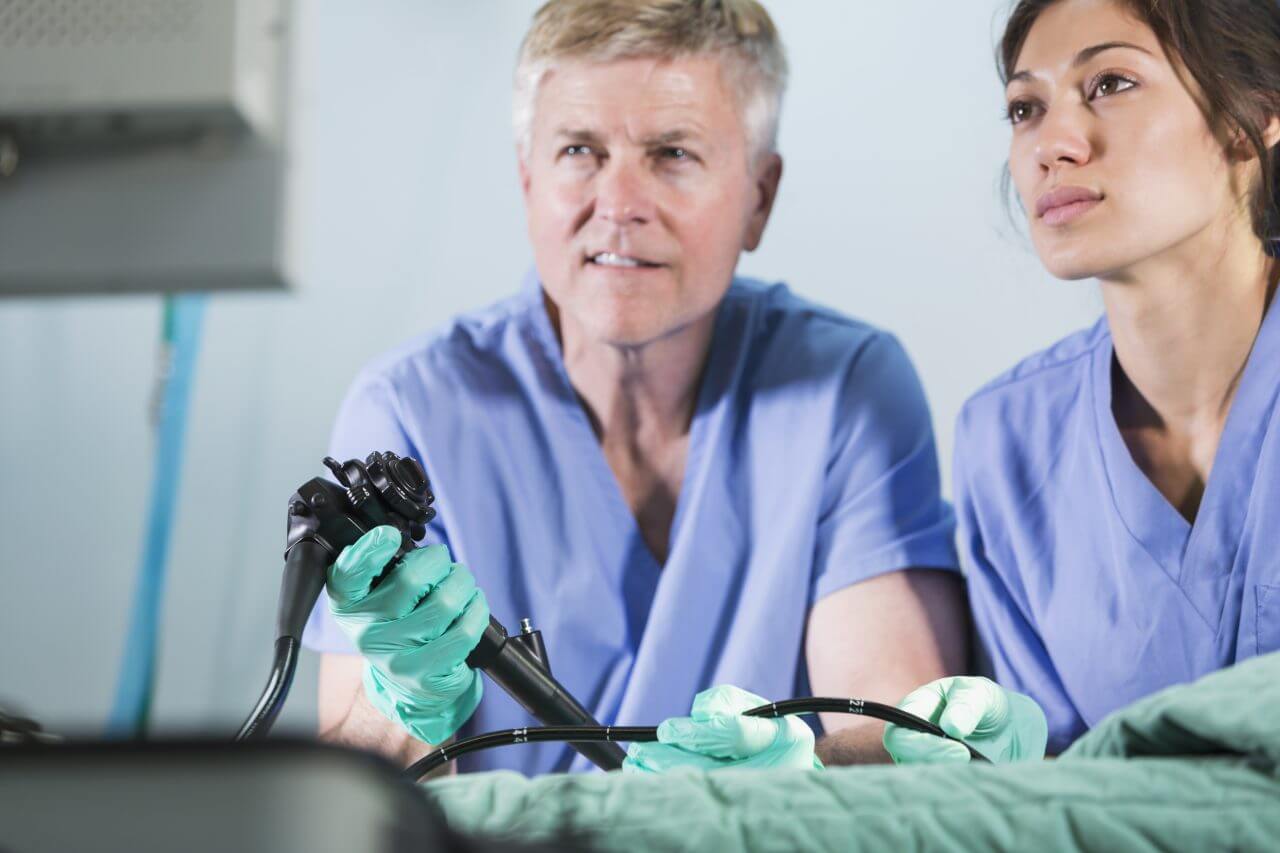What Happens After a Breast Biopsy?

What happens after your breast biopsy will depend on what type of procedure you had and the type of anesthesia received. If general anesthesia is used, you’ll be taken to a recovery room and watched closely. Once your care team determines that your blood pressure, pulse, and breathing are stable and you’re alert, they’ll take you to your hospital room, or you may be able to go home. If your biopsy is done on an outpatient basis, you should plan to have someone drive you home.
If you have local anesthesia, you can go home after you’ve completed the recovery period.
Your doctor will explain what the recovery process will look like for you based on your condition and the type of biopsy you’re having:
- Needle biopsy (uses a thin needle to remove a small amount of tissue)
- Core biopsy (also uses a needle but extracts more tissue)
- Surgical biopsy (some or all of a breast mass is removed)
Breast Biopsy Recovery Time
The recovery time for a breast biopsy depends on whether it’s surgical or non-invasive. Biopsies involving an incision and stitches have longer recovery times, typically around two weeks. The recovery time for a non-invasive biopsy is around 24 hours. Your doctor can discuss your expected recovery time in greater detail.
Breast Biopsy Pain
After a breast biopsy, you may experience mild pain lasting for several days. In some cases, the pain may persist even longer. An over-the-counter pain reliever such as acetaminophen will help alleviate discomfort.
Your doctor will use a small titanium clip (the size of a sesame seed) to mark the biopsy spot. Adverse reactions to these clips are extremely rare, but they can push on surrounding tissue, causing mild nerve pain after a breast biopsy that lasts 2-3 months following the procedure.
Whether from a titanium marker or tissue disruption in general, nerve pain can occur. If it does, it may feel like tingling, pins and needles, or stabbing pain. If you still experience breast biopsy pain months later — including arm pain after a breast biopsy — your doctor can help you manage it.
Breast biopsies can also cause hematomas — a buildup of blood that looks like a bruise. Bruising after a breast biopsy may be small or widespread but typically resolves on its own in a few weeks.
Post-Breast-Biopsy Care
Incision care
If you have tape strips on your incision, leave it on for a week or until it falls off. To care for your incision, wash the area daily with warm, soapy water and gently pat it dry. Don’t use hydrogen peroxide or alcohol, which can delay healing. If your incision weeps or is rubbing against your clothing, you can cover the area with a gauze bandage, which should be changed daily. Keep the site clean and dry.
After-breast-biopsy pain management
You can take several actions after a breast biopsy to minimize any pain and discomfort from the procedure. For example, you can reduce pain and minimize bruising by applying an ice pack (wrapped in a towel) to the area.
You may also get relief by wearing a supportive bra. Your healthcare team will talk with you about this option and others for pain management.
Medication
Your doctor will let you know if and when you can resume taking your medications. You’ll also be given instructions about taking any new medicines.
Exercise after a breast biopsy
While walking every day is recommended to boost blood flow, there are some activities you should avoid during the first two weeks of recovery, including:
- Jogging
- Aerobic exercise
- Strenuous housework
- Weight training
Visit Baptist Health to Learn More
To ensure effective breast biopsy pain management and recovery, follow the instructions given by your care team. If you have additional questions about breast biopsy recovery, find a Baptist Health provider near you today to schedule an appointment



